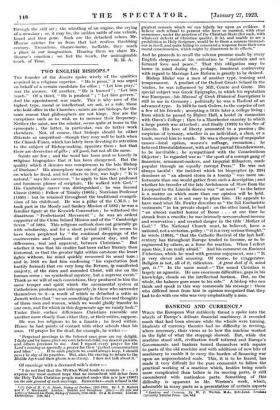BANKING AND CURRENCY.* WHEN the European War ruthlessly thrust a
spoke into the wheels of Europe's delicate financial machinery it revealed much that had been obscure while the wheels were turning. Students of currency theories had no difficulty in revising, where necessary, their views as to how the machine worked in the light of what the stoppage showed. But, while the machine stood still, civilization itself tottered and Europe's Governments and bankers busied themselves with repairs to parts of the old machine and with additions of new bits of machinery to enable it to carry the burden of financing war upon an unprecedented scale. This, it is to be feared, has made it very difficult for the pure economist to follow the practical working of a machine which, besides being much more complicated than before in its moving parts, is still encumbered with motionless parts. Something of this difficulty is apparent in Mr. Weston's work, which, admirable in many parts as a presentation of certain aspects • Banking and Currency. By W. J. Wetton, YA.. B.Sc.Lend. Lond0111 niveralty Tutorial Prem. toe. ed.]
of currency theory, fails to provide the university student, for whom it is intended, with a clearly-defined picture of the English banking and currency system in the state that war and post-war inflation and deflation have left it. The author contents himself with reprints of part of the First Interim Report of the Cunliffe Committee and reviews by bank chairmen for partial explanations of the manufacture of credit. Nowhere, however, will the student find the smallest referance to the Treasury Bill and the important part which it plays, not only in our banking system as such, but also in respect of the modifications which its mere presence involves in our currency system and in the Control which the Bank of England can exercise over the Money Market. From the student's point of view the book also suffers from a lack of precise definition both of Money Market terms and of economic principles. Occasionally slight errors have crept in, which, no doubt, will be revised in later editions. Here and there the student may be misled, too, by slight looseness of phraseology, as in the author's assertion that the last of the private banks disappeared in 1921 ; he meant to say that the last of the private banks having a note issue of its own had ceased to have a separate existence.











































 Previous page
Previous page